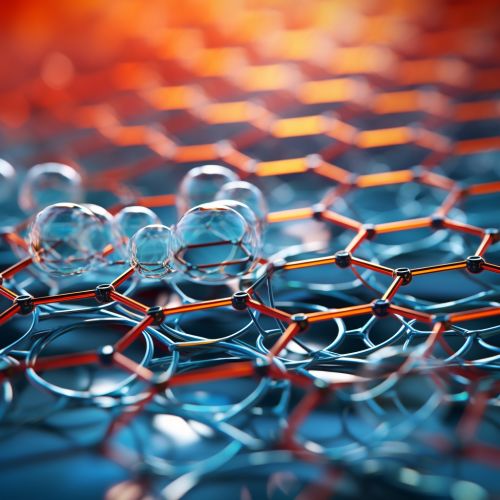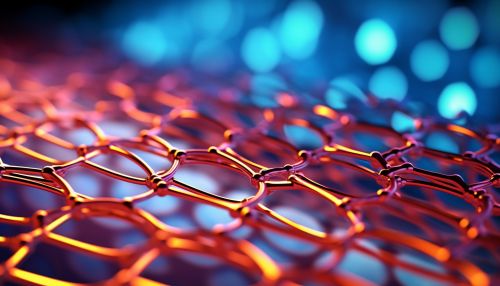The Role of Nanotechnology in Biomedical Diagnostics
Introduction
Nanotechnology, the manipulation of matter on an atomic, molecular, and supramolecular scale, has found significant applications in the field of biomedical diagnostics. This article explores the role of nanotechnology in biomedical diagnostics, discussing its potential, current applications, and future prospects.


Nanotechnology and Biomedical Diagnostics: An Overview
Nanotechnology has the potential to revolutionize the field of biomedical diagnostics by providing more efficient, sensitive, and cost-effective diagnostic techniques. At the nanoscale, materials exhibit unique properties that can be exploited for diagnostic purposes. For instance, nanoparticles can be engineered to interact with specific biological entities, enabling the detection of disease biomarkers at very low concentrations.
Nanomaterials in Biomedical Diagnostics
Various types of nanomaterials, including quantum dots, gold nanoparticles, and magnetic nanoparticles, have been utilized in biomedical diagnostics. These nanomaterials can be functionalized with biological molecules to enhance their specificity and sensitivity in detecting disease biomarkers.
Quantum Dots
Quantum dots are semiconductor nanoparticles that exhibit unique optical properties. They can be used as fluorescent probes in biomedical diagnostics, offering several advantages over conventional fluorescent dyes, such as higher brightness, longer fluorescence lifetime, and resistance to photobleaching.
Gold Nanoparticles
Gold nanoparticles are known for their unique optical properties, which can be exploited for colorimetric detection of disease biomarkers. They can also be used as contrast agents in imaging techniques, such as computed tomography (CT) and photoacoustic imaging.
Magnetic Nanoparticles
Magnetic nanoparticles can be used for magnetic resonance imaging (MRI) contrast enhancement, magnetic separation of biological entities, and magnetic hyperthermia for cancer treatment. They can also be used in combination with other nanomaterials to develop multifunctional nanoplatforms for simultaneous diagnosis and therapy.
Nanotechnology-Based Diagnostic Techniques
Nanotechnology has enabled the development of various diagnostic techniques, including nanoparticle-enhanced imaging, biosensors, and lab-on-a-chip devices.
Nanoparticle-Enhanced Imaging
Nanoparticle-enhanced imaging techniques, such as nanoparticle-enhanced MRI and CT, offer improved sensitivity and specificity compared to conventional imaging techniques. They can provide detailed information about the disease state, aiding in early diagnosis and treatment planning.
Biosensors
Nanotechnology-based biosensors can detect disease biomarkers with high sensitivity and specificity. They can be used for point-of-care testing, enabling rapid and accurate diagnosis.
Lab-on-a-Chip Devices
Lab-on-a-chip devices integrate multiple laboratory functions onto a single chip, enabling high-throughput and automated analysis. Nanotechnology can enhance the performance of these devices by enabling the manipulation and detection of biological entities at the nanoscale.
Future Prospects
The integration of nanotechnology in biomedical diagnostics holds great promise for the future. With further research and development, it is expected that nanotechnology-based diagnostic techniques will become more prevalent, offering improved diagnostic accuracy, earlier disease detection, and personalized medicine.
